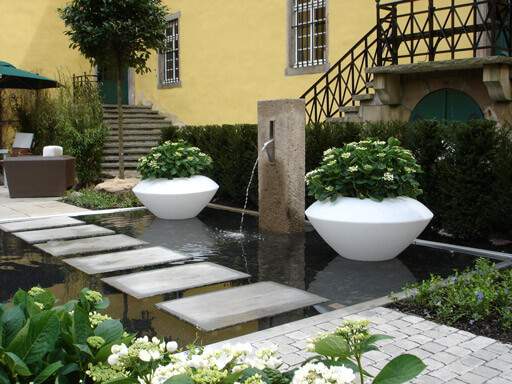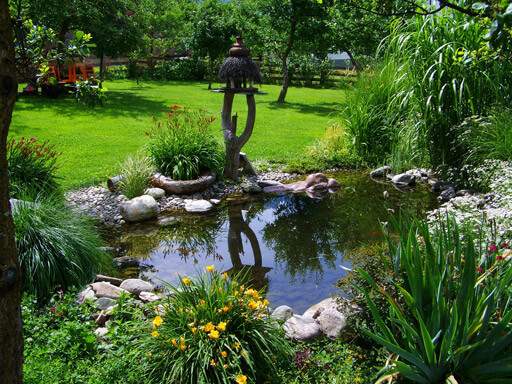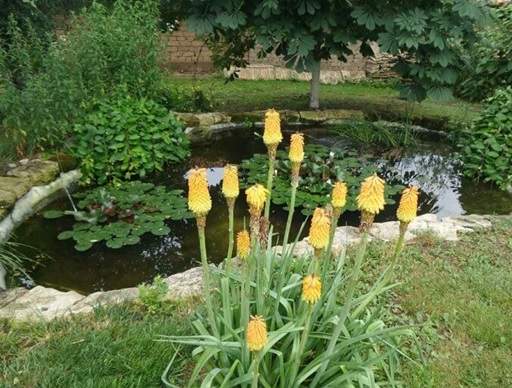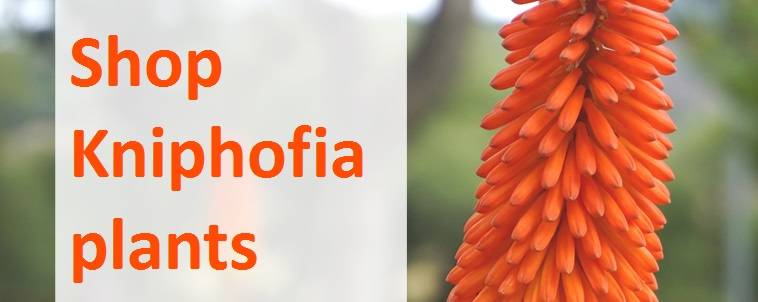Check Here Before Buying – Pot Size Matters...Not all websites offer the same. Plants in a 2-litre pot have twice the root system of a P9 or 1 litre pot.
Making an Attractive Pond Edge
Edging a pond can be a tricky and delicate task. Do you want the pond to look wild or polished? Do you have a raised or sunken pond? What is the purpose of your pond?
If your pond is raised, then the edge will most likely be stone, brick or wood. You don’t really have as many options to play with on this type of pond edge, but you can easily liven it up with some potted plants, garden figurines or climbers situated on nearby walls.
A sunken pond allows for much more creativity in regards to edging. If you are designing your pond to fit in a formal garden, then an edging of slate, concrete or brick will be the best option. Slabs of slate can be overlaid onto each other to cover the pond liner, and grasses can be grown amongst it if you wish. Slabs bedded on mortar, trapping the edge of the liner underneath, will also work well for a formal garden pond. For the best looking effect, make sure the edging overhangs the pond by at least 5cm to hide your pond liner from view.

A slate slab pond edge used to create a formal look
Some people prefer a more modern look, and edge their pond or reflection pool with clean black or white slate or granite which is bedded on mortar and laid into the ground. This looks very effective and provides bold, clean lines to add a very dramatic effect to the garden. The use of metals as a border also looks very modern, but be careful of rust and discolouration, especially with copper.
You can, for a more informal look, use pebbles and rocks which run down into the water. This merges the pond with the rest of the garden and makes it look like a natural feature instead of being too obvious. Pebbles and cobbles around the edges make a barrier so that the landscape isn’t too flat, and creates a boundary for children and pets.

A mixture of differently sized stones can create an informal, natural pond edge
If you are more interested in creating a wildlife pond, you can simply turf right up to the edge of the pond. This does make it easy for grass cuttings to fall into the pond, so skim it thoroughly after you have mowed your lawn if this is the case.
When creating a pond with a grass edge, consider constructing a flat, safe side for observations. Children love to watch wildlife in the pond, and having a brick or timber deck along one edge prevents them from slipping in accidentally.
Consider planting long grasses along the edge of the pond that will not need too much of your attention. This also creates places for wildlife to hide, breed and live in. Liven your pond edge up with flowers and lily pads for a brighter, more traditional finish. Lily pads are great for young fish, and are essential if you plan to keep fish in your pond.

A pond livened up with lily pads and Kniphofia 'Mango Popsicle'
Remember that your pond should have layers so that emergent plants can grow and provide more detail in your edges. It is also worth considering a small bog garden where excess water can overflow into instead of running into the rest of your garden, or a neighbour’s garden!
Share this page:

